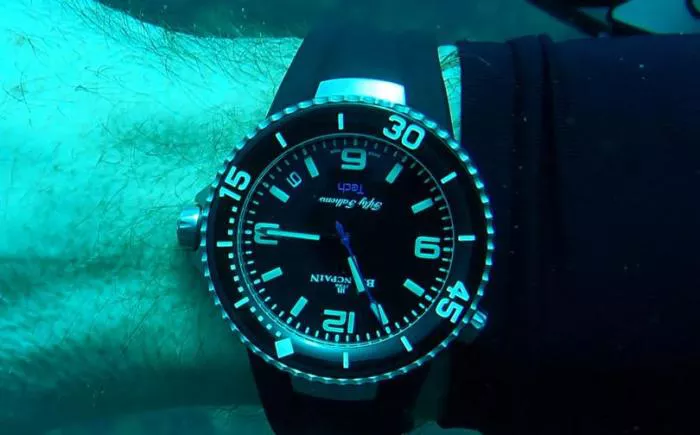For many collectors, the history of dive watches begins in 1953 with the launch of the Blancpain Fifty Fathoms and Rolex Submariner. However, water-resistant timepieces had already been in use for decades before these iconic models emerged. The connection between underwater exploration and horological innovation runs deep, revealing a fascinating evolution shaped by necessity and ingenuity.
In 1942, German trade publication Uhrmacher-Woche (Watchmaker’s Week) published an article dismissing early water-resistant watches as mere “advertising gimmicks.” Yet, the same piece acknowledged their wartime importance, particularly in submarines and industrial settings where acid fumes posed a threat. This contradiction highlights early misunderstandings about waterproof technology—misconceptions that would later be corrected by pioneering brands.
The Rolex Oyster and the Birth of the Modern Dive Watch
Rolex made a pivotal breakthrough in 1927 with its Oyster model, famously worn by British swimmer Mercedes Gleitze during her English Channel crossing. The watch’s success was cemented by a full-page ad in London’s Daily Mail, yet the focus remained on swimming rather than diving—despite helmet diving already being an established profession.
Meanwhile, early divers relied on pocket watches mounted inside helmets, as wristwatches were still considered impractical. This changed in 1932 when Omega introduced the Marine, a double-cased watch sealed with cork, tested at depths of 73 meters. Rolex, too, experimented with waterproof designs, culminating in the screw-down crown and caseback of the Oyster—a foundational innovation for dive watches.
Military Demand and the Rise of the Rotating Bezel
The 1930s saw watches transition from civilian accessories to military tools. The Italian Navy commissioned Panerai to develop water-resistant timepieces for frogmen, leading to the Radiomir—a collaboration with Rolex. Meanwhile, U.S. Navy divers used “canteen watches” from Hamilton and Elgin, featuring screw-down crowns for added protection.
The rotating bezel, now a hallmark of dive watches, originated in aviation. Patented by Philip Van Horn Weems in 1929, it was later adapted for underwater use as autonomous diving gained traction. Blancpain’s Fifty Fathoms (1953) introduced a unidirectional bezel to track dive times, while Rolex’s Submariner (1953) and Turn-O-Graph (1954) further refined the concept.
Saturation Diving and the Helium Escape Valve
The 1960s brought new challenges with saturation diving, where prolonged exposure to high-pressure environments caused watch crystals to explode during decompression. Rolex addressed this with the Sea-Dweller’s helium escape valve (1967), while Omega and Seiko pursued radical redesigns like the PloProf (1970) and 600m Professional Diver (1975). These innovations underscored the dive watch’s transformation from tool to technical marvel.
Modern Dive Watches: Status Symbols and Sustainability
Today, mechanical dive watches coexist with digital alternatives, thriving as symbols of heritage and environmental stewardship. Blancpain’s Ocean Commitment and Oris’s conservation editions reflect the industry’s shift toward sustainability, while brands like Ulysse Nardin explore eco-friendly materials.
From the Mariana Trench to Hollywood’s silver screen, dive watches have transcended their utilitarian roots. They remain a testament to human ingenuity—a blend of history, innovation, and enduring appeal.


